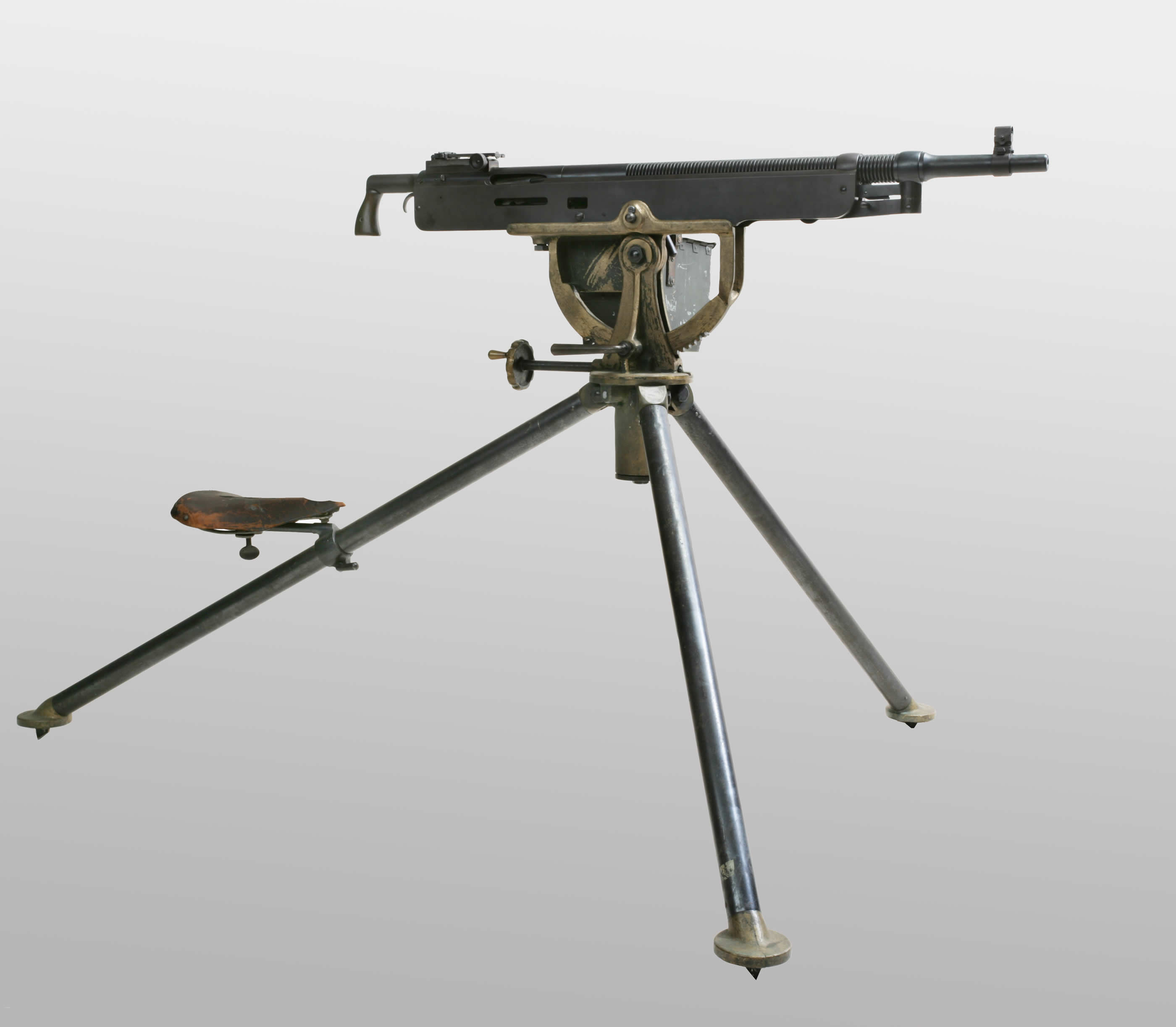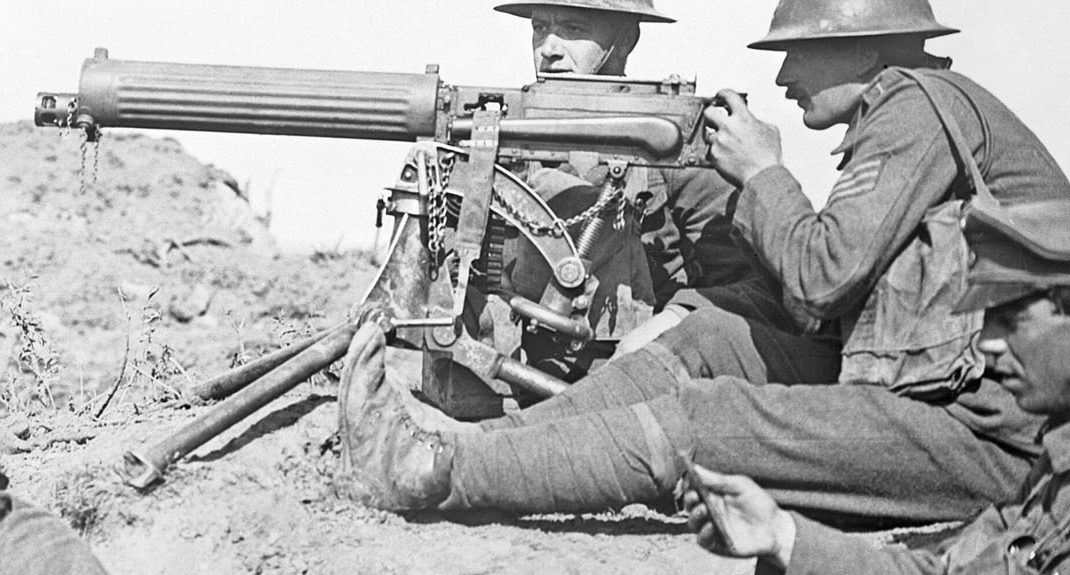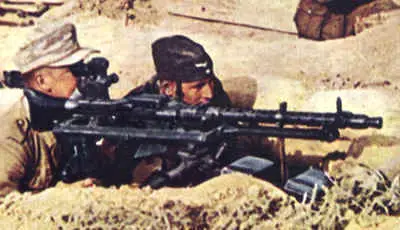Depending on the gunner and conditions, a barrel modification might be needed as typically as every 200 to 250 rounds. When the hot barrel was gotten rid of, it was reserved till it was cool enough to utilize once again. Machine-gun groups would have as numerous as 6 spare barrels on hand.
Driving through a just recently protected location in Belgium, the sharp-eyed Liniewski found the abandoned weapon in a field. Liniewski then did what any unsupervised GI would have done in that position; he stopped his truck and seized the opportunity to snag a fantastic souvenir for the folks back home. As an assistance soldier, Liniewski was not familiar enough with weapons to dismantle his MG-42, so he held on to it for a while up until he discovered a camp where German detainees of war were being held.
The weapon remained in the Liniewski family till 2016 when his kid Marty donated the weapon to the Museum. In spite of its propensity to overheat, the MG-42 was an excellent weapon that was light-years of ahead of the US equivalent, the Browning M-1919A4 gatling gun. Germany produced approximately 400,000 MG-42s during the war, a few of which are still in active duty.

Taken together, all these weapons provided the Red Army a more practical series of assistance weapons, much better able to challenge the Germans for fire supremacy on the battleground. Totally detailed, this research study describes the innovation and the tactics of these gatling gun. Noted authority Chris Mc, Nab sets out how these device guns were distributed and tactically applied and offers numerous examples of the weapons in action, from assault groups on the streets of Stalingrad to tank teams having a hard time for survival at Kursk.
Some Known Details About Us Military Depended On Foreign Weapons During World War I
Illustrated with high-quality photographs and specifically commissioned artwork, this is a deep analysis of these essential tools of warfare within the Soviet forces.
Taken together, all these weapons offered the Red Army a more useful variety of assistance weapons, much better able to challenge the Germans for fire supremacy on the battleground. Completely detailed, this research study discusses the innovation and the techniques of these device guns. Noted authority Chris Mc, Nab sets out how these gatling gun were dispersed and tactically used and offers numerous examples of the weapons in action, from assault groups on the streets of Stalingrad to tank crews struggling for survival at Kursk.
Illustrated with top quality pictures and specifically commissioned art work, this is a deep analysis of these essential tools of warfare within the Soviet forces.
The gatling gun company, commanded by a captain, had an assigned strength of six commissioned officers and 172 employed males, and brought 16 weapons, 4 of which were spares. Within the business there were 3 squads and a head office section. A first lieutenant led the first army, while second lieutenants led armies 2 and 3.
The 7-Minute Rule for The Five Worst Light Machine Guns (Lmgs)


Within each section were two weapon teams, each with one weapon and 9 men, led by corporals. The gun squad had one battle cart, pulled by a mule, to carry its gun and ammunition as near to the firing position as opponent fire permitted. From there the teams moved the weapons and ammo forward by hand.
It had just two companies, identical to the other machine gun business in terms of workers and weapons. Each gun squad used a special motor cars and truck to carry its workers, weapon and devices.
In this function the weapons were put 300 to 1000 meters to the back of the cutting edge. When they utilized their guns in that fashion, the machine gun officers often ran into opposition from the rifle company leaders, who chose to have the weapons further forward, fearing that their infantrymen would be at danger of stray low rounds as they advanced under the overhead gatling gun fire.
They soon discovered that the machine weapons were high top priority targets for opponent fire, and that it was helpful to have the guns at some distance from the infantry positions. Since opponent gatling gun positioned the greatest risk to the attacking soldiers, the gatling gun crews made every effort to locate the enemy weapons and to concentrate their fire upon them.
Little Known Facts About The Five Worst Light Machine Guns (Lmgs).
A proportion of the weapons was held back as a reserve under command of the gatling gun officer. 6Machine weapon tactical doctrine dictated that in the defense the Hotchkiss weapons should only seldom lie within 100 yards of the front line which a minimum of two-thirds of the weapons must be echeloned back through the entire defensive position, located so that surrounding guns would be mutually supporting.

7 To find other features on the check out our THE DOUGHBOY CENTER wants to continuously expand this feature. Additions and comments on these pages might be directed to:.
I was impaled on this. My only worry was that he would push the trigger which would have made a hell of a mess. In the meantime, my sergeant who was near he saw me; can be found in close; shot the fellow and then hoisted me, with the help of another guy, off the bayonet.
A bayonet injury straight it goes in it injures and the withdrawal is most likely even more suffering than the 'putting in' due to the fact that the 'putting in' is instantaneous. Another type of weapon was the trench club.